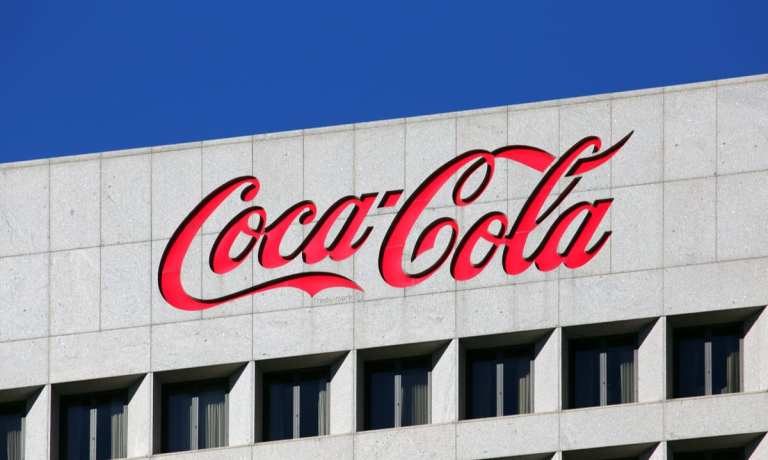
Coca-Cola announced Monday (April 19) that March’s global unit case volume was back up to pre-pandemic levels. Net revenues were up 5 percent year-over-year to $9 billion. However, this recovery is “asynchronous,” James Quincey, the company’s chairman and chief executive officer, told analysts on a call.
“You’ve got countries where the vaccine levels are going up, and the reopening is occurring — U.S., U.K., China, for example,” Quincey said. “And yet you’ve got countries going in exactly the opposite direction with cases shooting up and more levels of lockdown … It may be that as a total company, it all looks smoothed out somewhat, but this asynchronous feature will be very important in 2021.”
“March was significantly improved in a number of markets where mobility is improving, and we’ll continue, I think, to see a close relationship between, mobility, and our performance,” added Executive Vice president and Chief Financial Officer John Murphy. However, he cautioned that recovery is not “an on/off switch,” adding that it occurs through “a series of phases of reopening” that affect performance in “somewhat unpredictable” ways.
Of the revenue growth, Quincey cautioned, “Unlike normal times, one should not automatically assume that that more revenue is always going to flow straight down to the bottom line. Much as we did in 2020 we are going to be very judicious and focus on investing where we believe reopening and demand is coming back and not investing if we don’t think the response in the marketplace is there.”
The company will be closely following demand, investing more in marketing if revenue seems to be growing quickly and pulling back on marketing if revenue takes a turn for the worse.
In international markets, Murphy noted that “inflationary pressures, particularly surrounding some of our key commodities,” may be “more of a headwind” in the near future, though Quincey identified digital tools that the company was using to offset inflationary pressure in many of these markets. He pointed to the Coke On app in Japan, a famously vending-machine-dense country, which incentivizes purchases from these vending machines by offering loyalty rewards and which enables contactless payments. In China, meanwhile, sales are “beginning to lap the … worst part of 2020,” with a “big push into digital engagement with the consumer [and] with a big push into eCommerce,” which help to “manage the inflationary pressures out there.”
Specifically, Quincey explained, “In China, we’ve used digital campaigns to harness consumer data to drive traffic and incidents, leading to incremental growth. We’re using machine learning and AI tools to stay on top of a rapidly evolving consumer trends and identify emerging needs.”
Quincey also pointed to “eCommerce share gains in our key advanced markets like North America, Japan, and Great Britain and in markets like Turkey, where the channel is still developing.”
Meanwhile, in South Africa, he said, an artificial intelligence (AI) chatbot “engages with consumers on social media to increase away-from-home transactions.”
The company’s sale of soft drinks grew year-over-year during the quarter, with Coca-Cola Zero Sugar performing especially well — the product saw 8 percent growth, which is twice the growth of the sparkling soft drinks category on the whole. Meanwhile, the “hydration, sports, coffee and tea” category continued to struggle, with an 11 percent sales decline, an improvement from Q4 2020’s 15 percent decline. With continued increase in consumer mobility as the vaccine rollout progresses around the world, the company expects to continue to see sales recover throughout 2021.